One of the most visited nature sites in New York City is the High Line. The attraction spans from 14th Street to 34th Street along 10th Avenue. It was my second visit to the Highline and the first time that I actually saw the plants and paid attention to pollinators. People of all different races, genders, and styles visit the High Line to appreciate the natural elements, plants, and spectacular views of Chelsea. 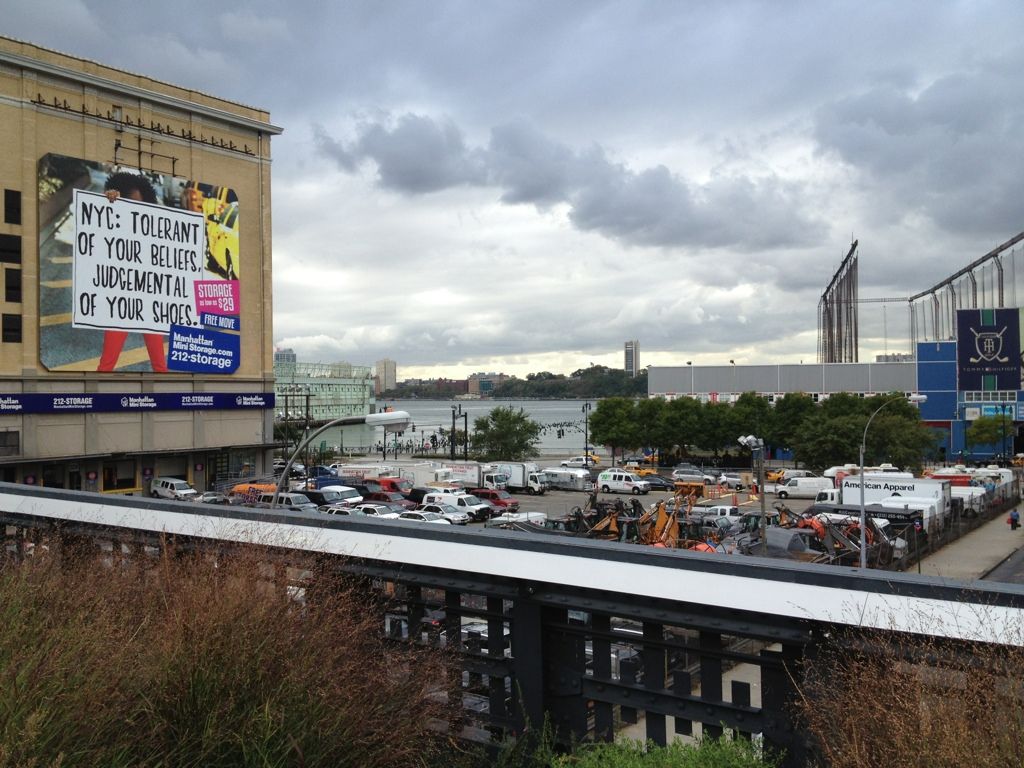
Upon climbing the stairs of the 23rd Street entrance of the High Line I was surrounded by a diverse people. There were young men and women holding hands, young children begging for ice cream, old ladies telling them to be quiet. Business people looking for a break in the day, a saxophone player accompanied by a vocalist, jamming out; these were the people of the High Line. What united them? Was it nature? Was it the sounds of the birds? What was it?
Personally, I think people go to the High Line to relax. It is very peaceful up there. Especially considering that 20 feet below you sits the heart of Chelsea (on 23rd Street). Nature, on the West Side of Manhattan, seems out of place up there, but highly appreciated. What types of plants were there? I am no botanist, so my best summary is: a rainbow of all the colors you could see, but one color on one plant; some had thorns; some were dying; some were thriving; some had birds all over them; some had insects and bees pollinating like wildfire; it was different.
Pollination. Many overlook the process. It truly is an art form, and those who are good at it are relentless. 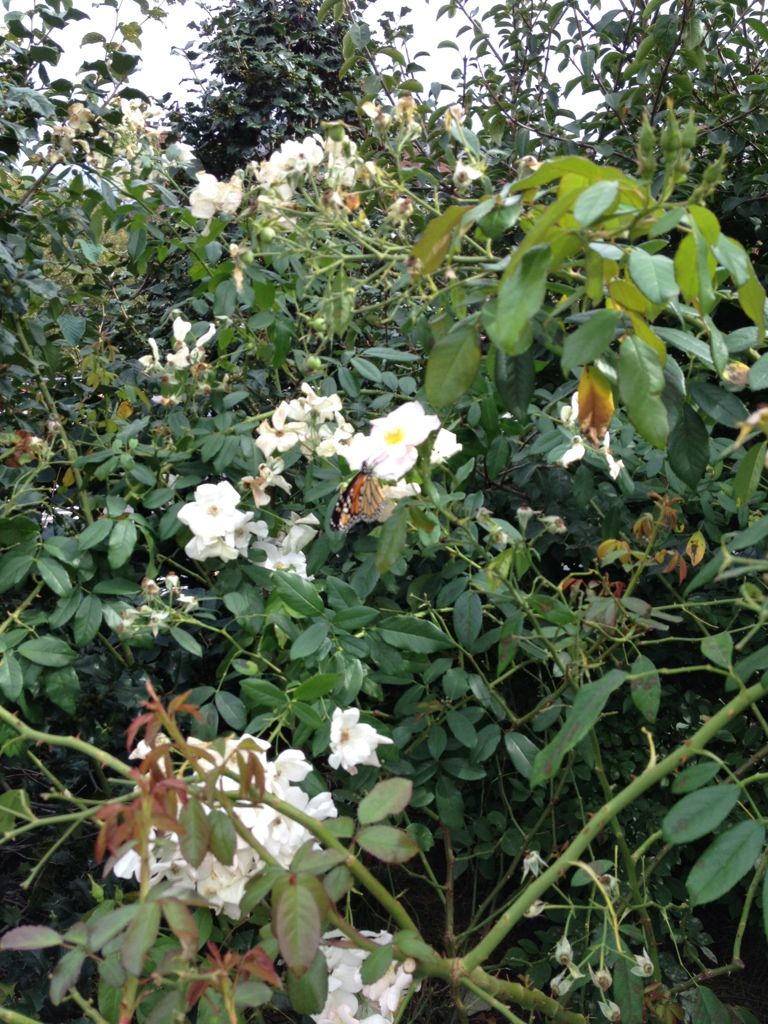 The bees will stop at nothing, not even 40 mph winds.
The bees will stop at nothing, not even 40 mph winds.  The birds only seemed to be around one plant, the fruitful looking purple one.
The birds only seemed to be around one plant, the fruitful looking purple one. 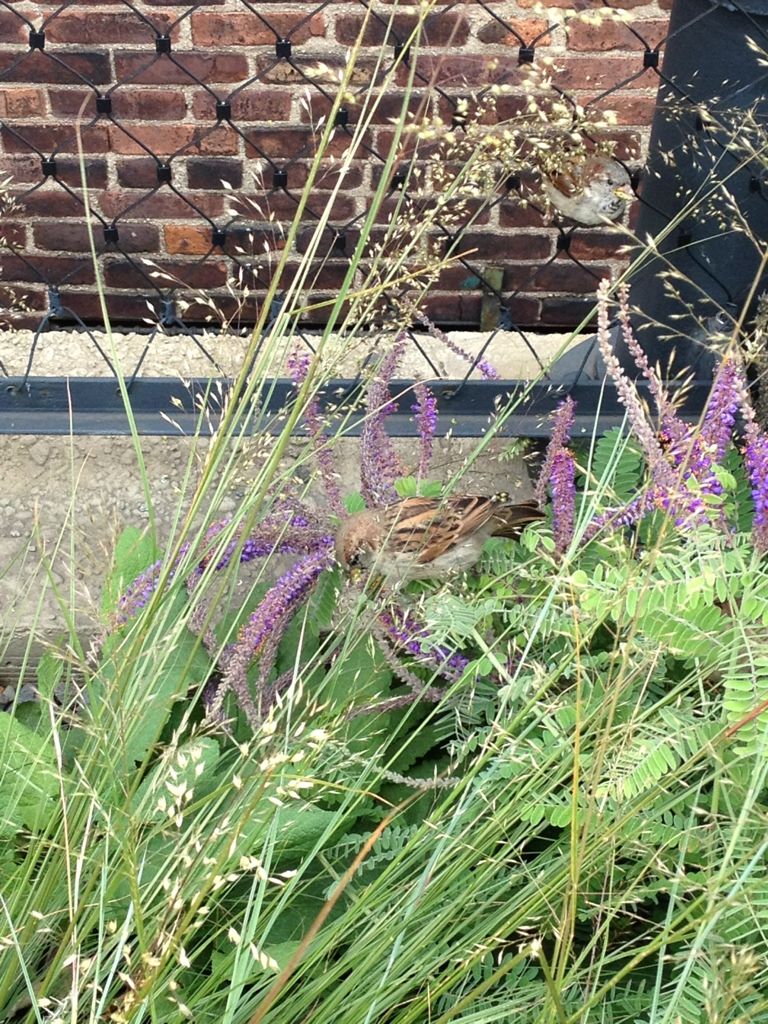 The small orange insects that I have never seen are nested along a brown leafed plant.
The small orange insects that I have never seen are nested along a brown leafed plant. 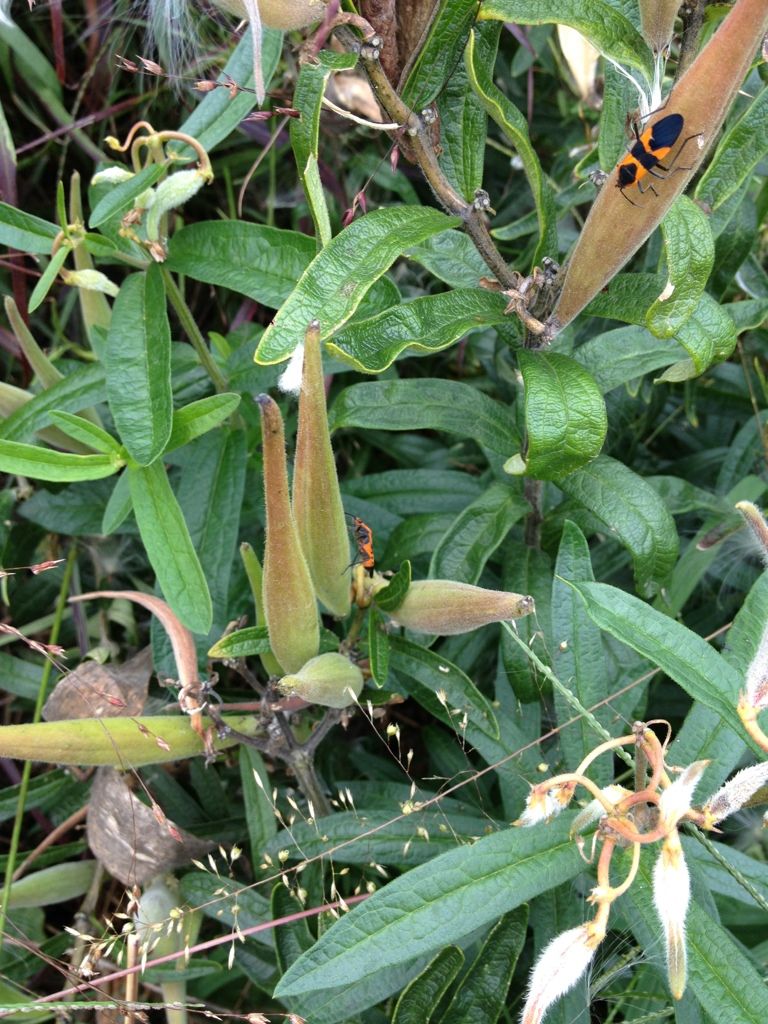 The day was windy, overcast, and overcrowded with New Yorkers, but these animals were in their own domain. Shielded by a fine green line, they were in their own habitat, created by humans, untouched by humans since. You get the feeling that some plants are more loved than others: some appear more vivacious. That could be a result of something that Slater points out.
The day was windy, overcast, and overcrowded with New Yorkers, but these animals were in their own domain. Shielded by a fine green line, they were in their own habitat, created by humans, untouched by humans since. You get the feeling that some plants are more loved than others: some appear more vivacious. That could be a result of something that Slater points out.
He says due to shallow soil profile, soil depth ranges from 1 centimeter to 70 centimeters (over 2 feet). Perhaps this is a reason why some plants appear brown on the last day of summer and others are thriving with beautiful colors. 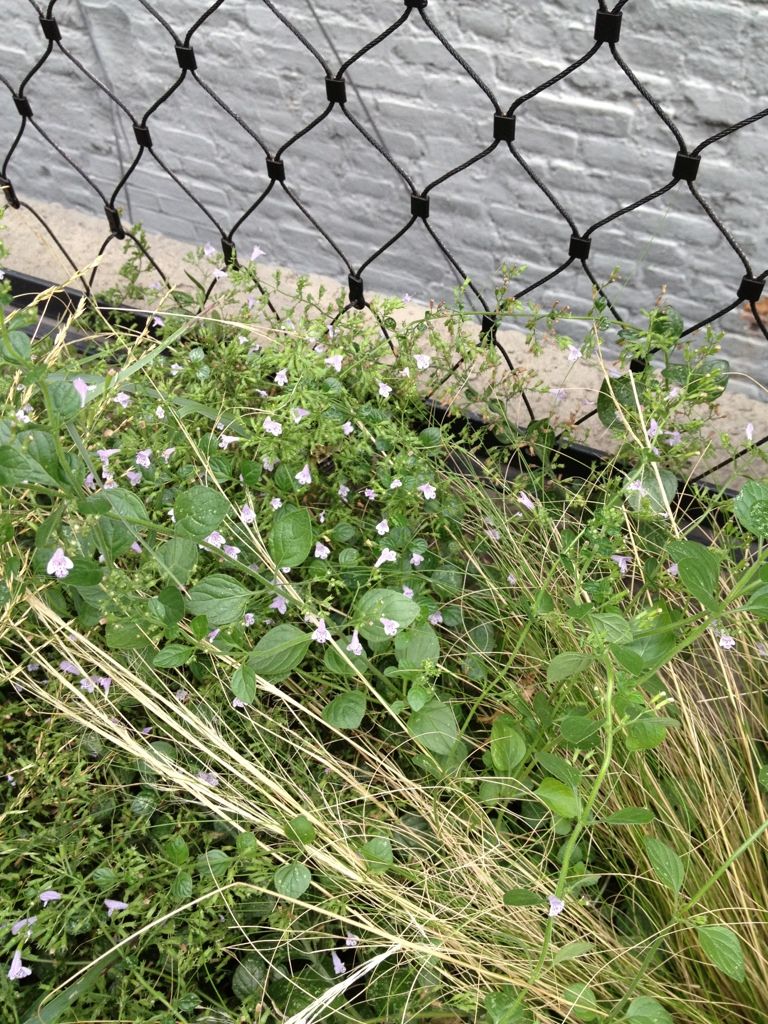 Slater brings up an interesting point saying that the High Line has the highest species per area with respect to 4 other major coastal sites including Ellis Island and Liberty Island. It is easy to see why this may be the case. The High Line is only 20 blocks long, and just over 20 feet wide. The total number of species on the High Line is 163, which is third following Ellis Island and Bayswater Park.
Slater brings up an interesting point saying that the High Line has the highest species per area with respect to 4 other major coastal sites including Ellis Island and Liberty Island. It is easy to see why this may be the case. The High Line is only 20 blocks long, and just over 20 feet wide. The total number of species on the High Line is 163, which is third following Ellis Island and Bayswater Park.
Is the High Line a Rambunctious Garden? It would appear so. The High Line is a natural space strategically created by Kelco. It is built to serve nature and humans. There are practical and artful uses for this great space. Ultimately, this is now nature, that is created, should be enjoyed by the masses.


